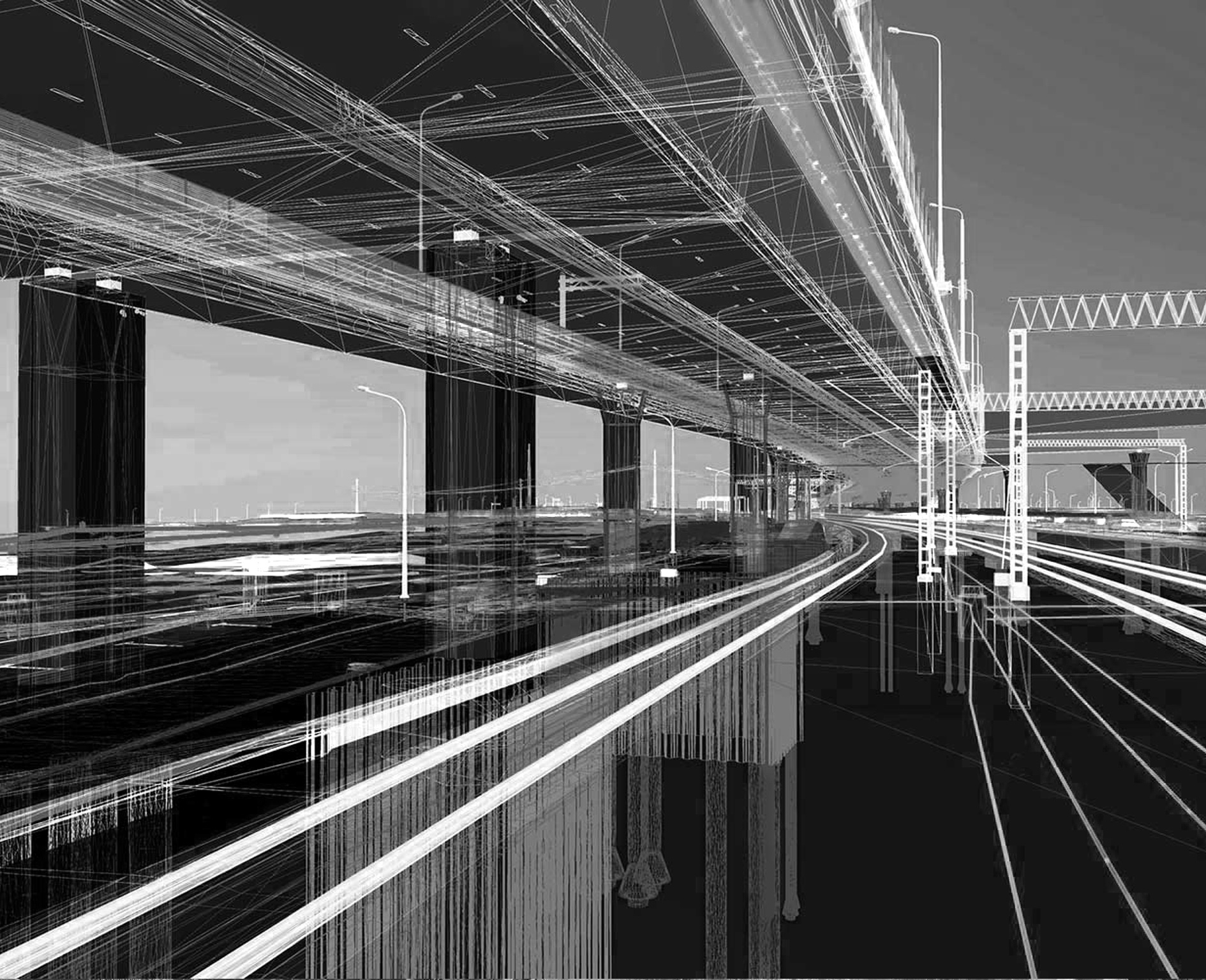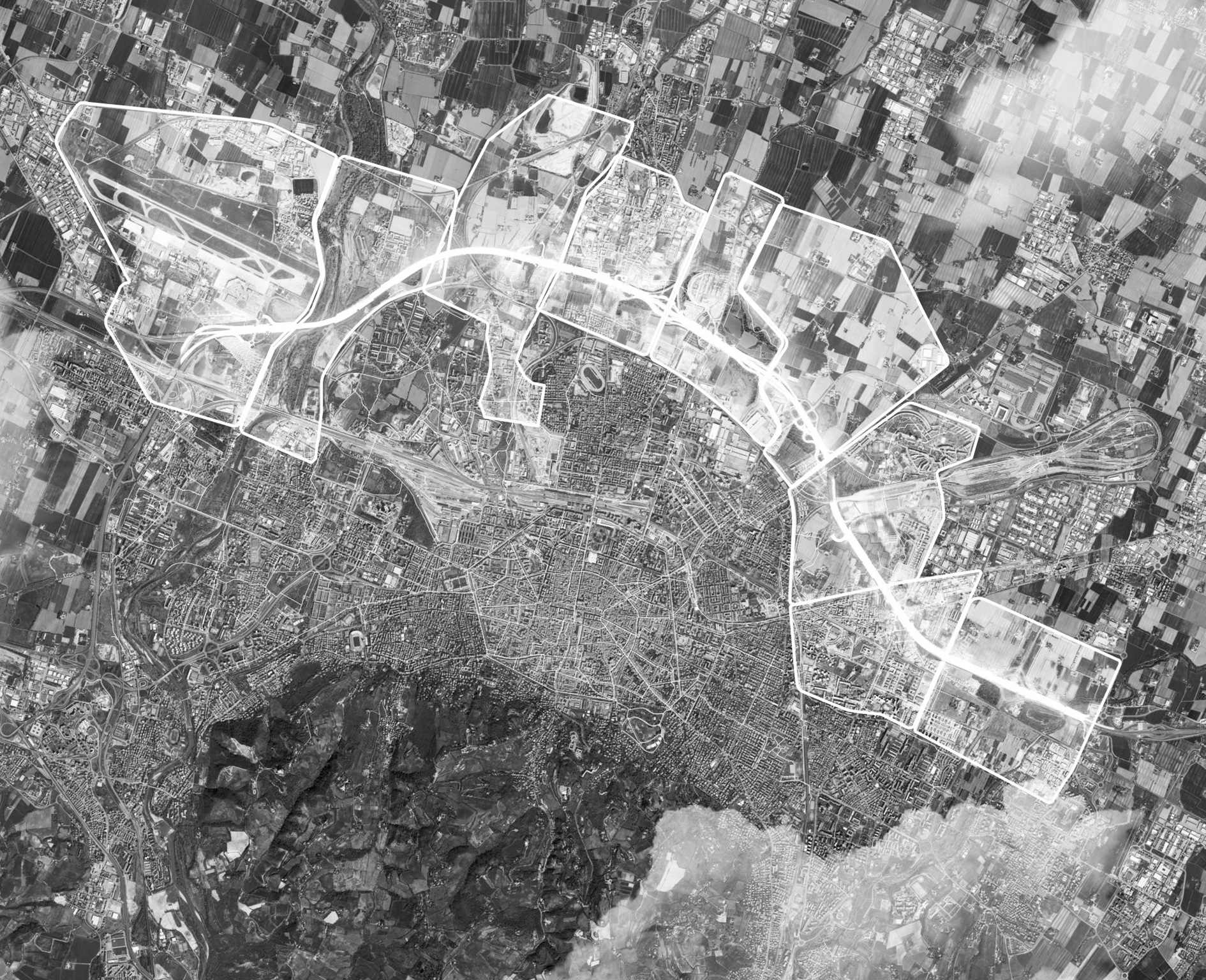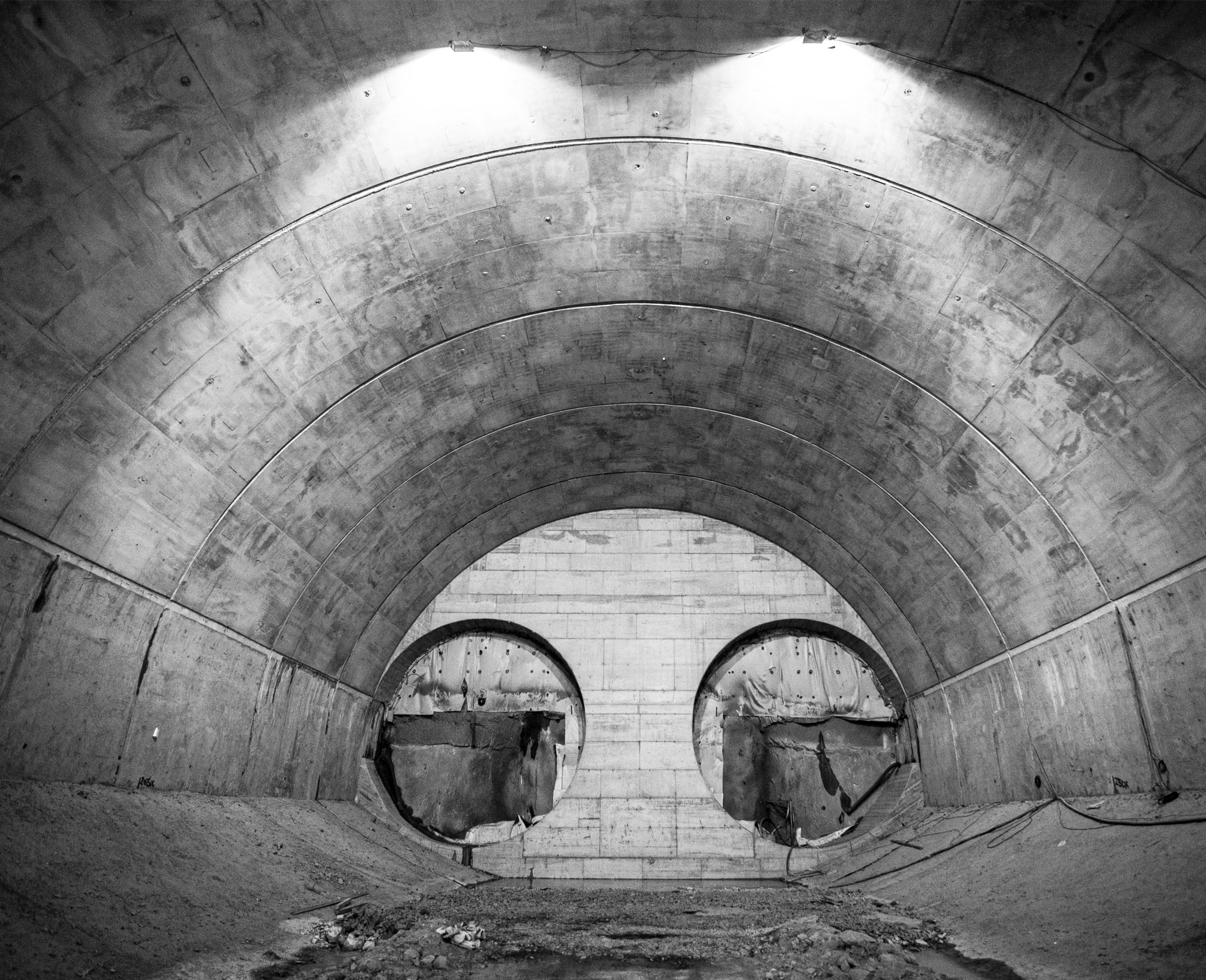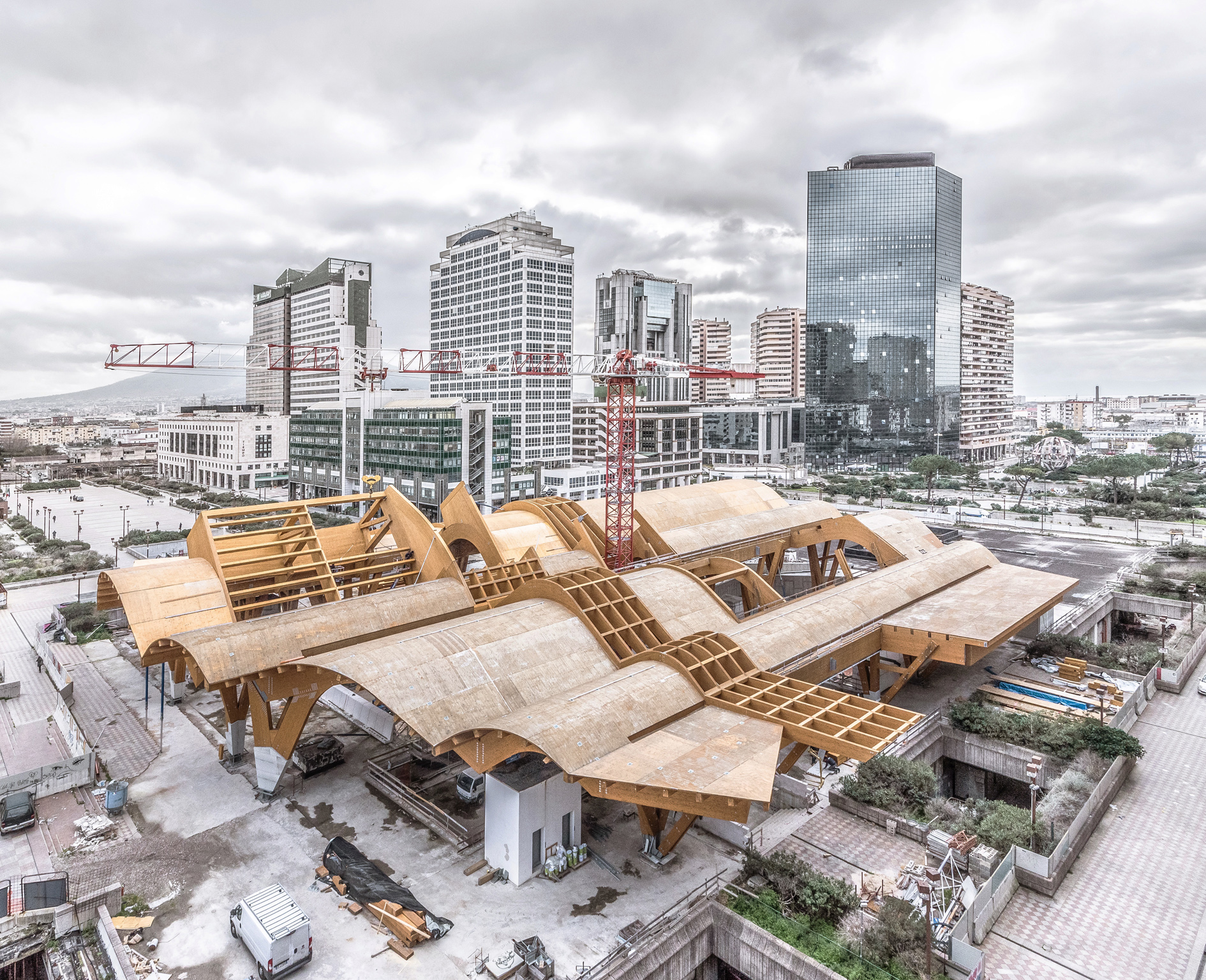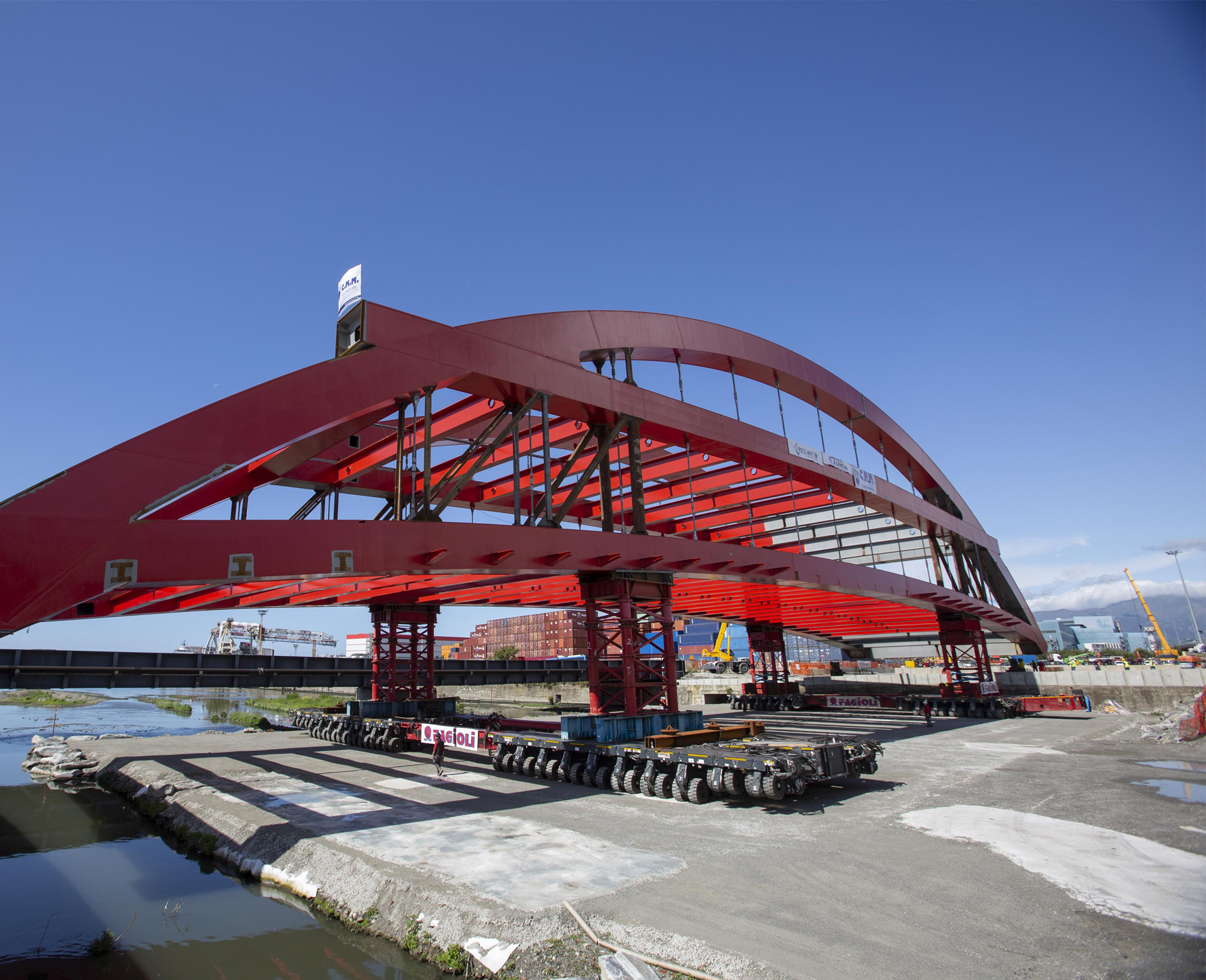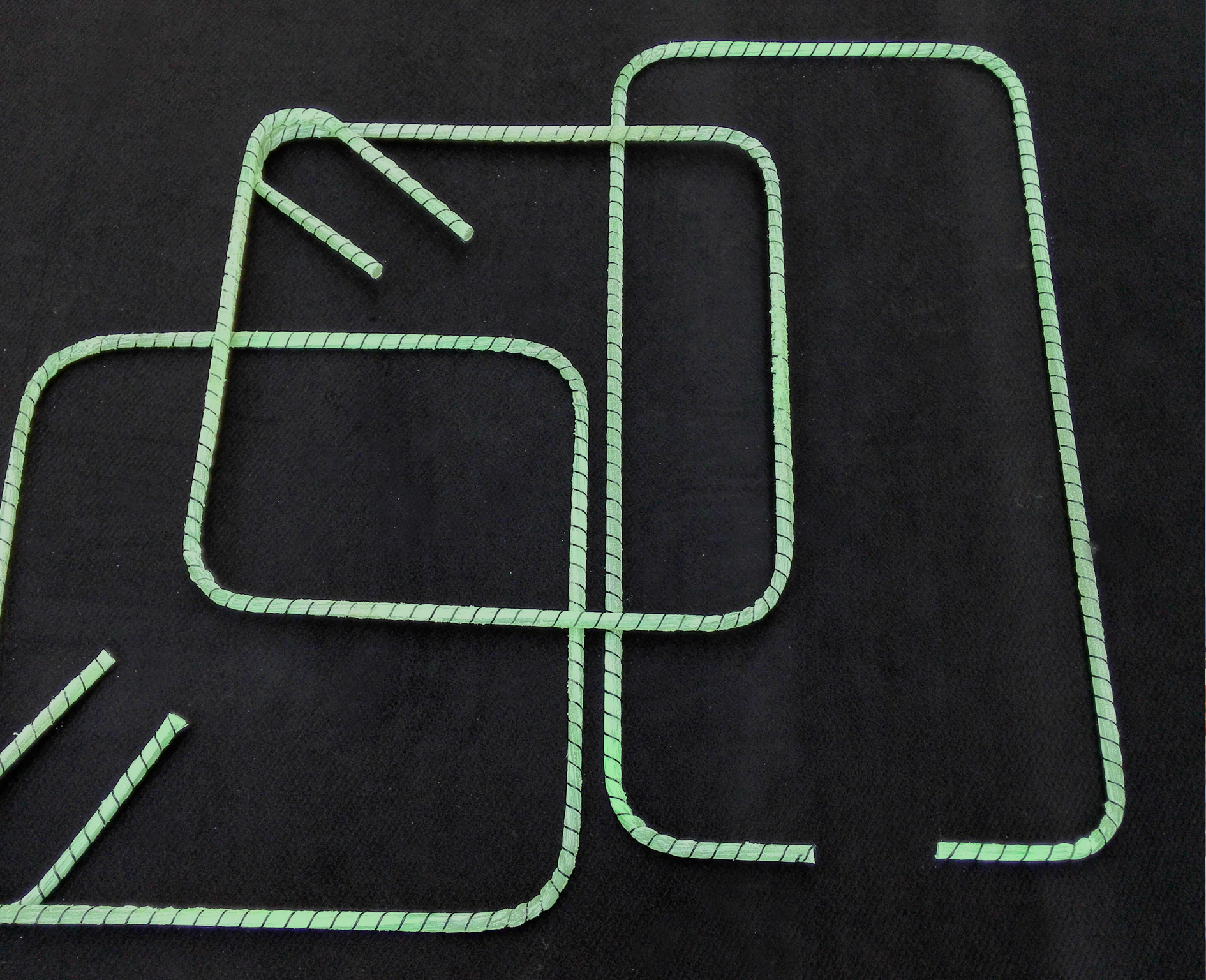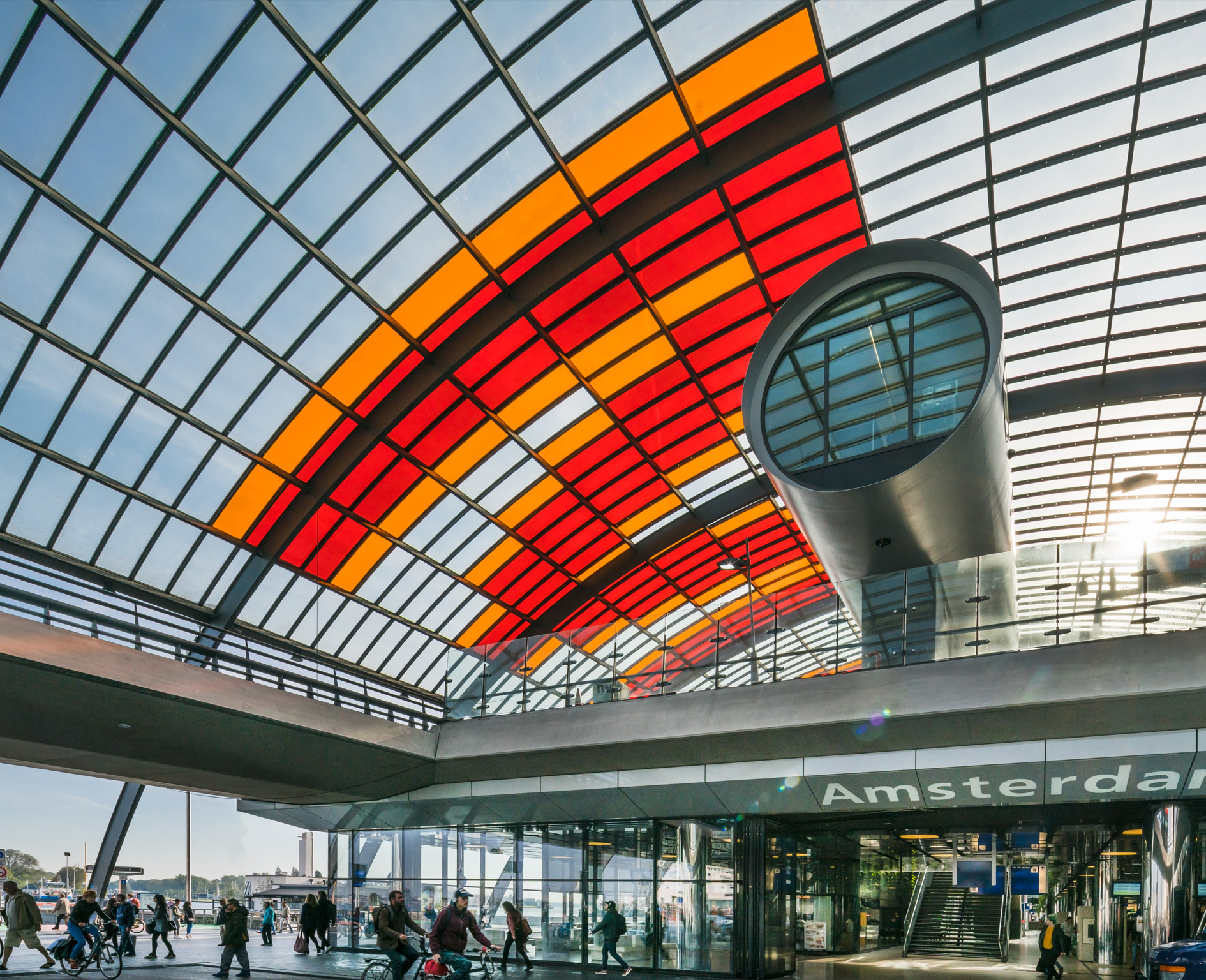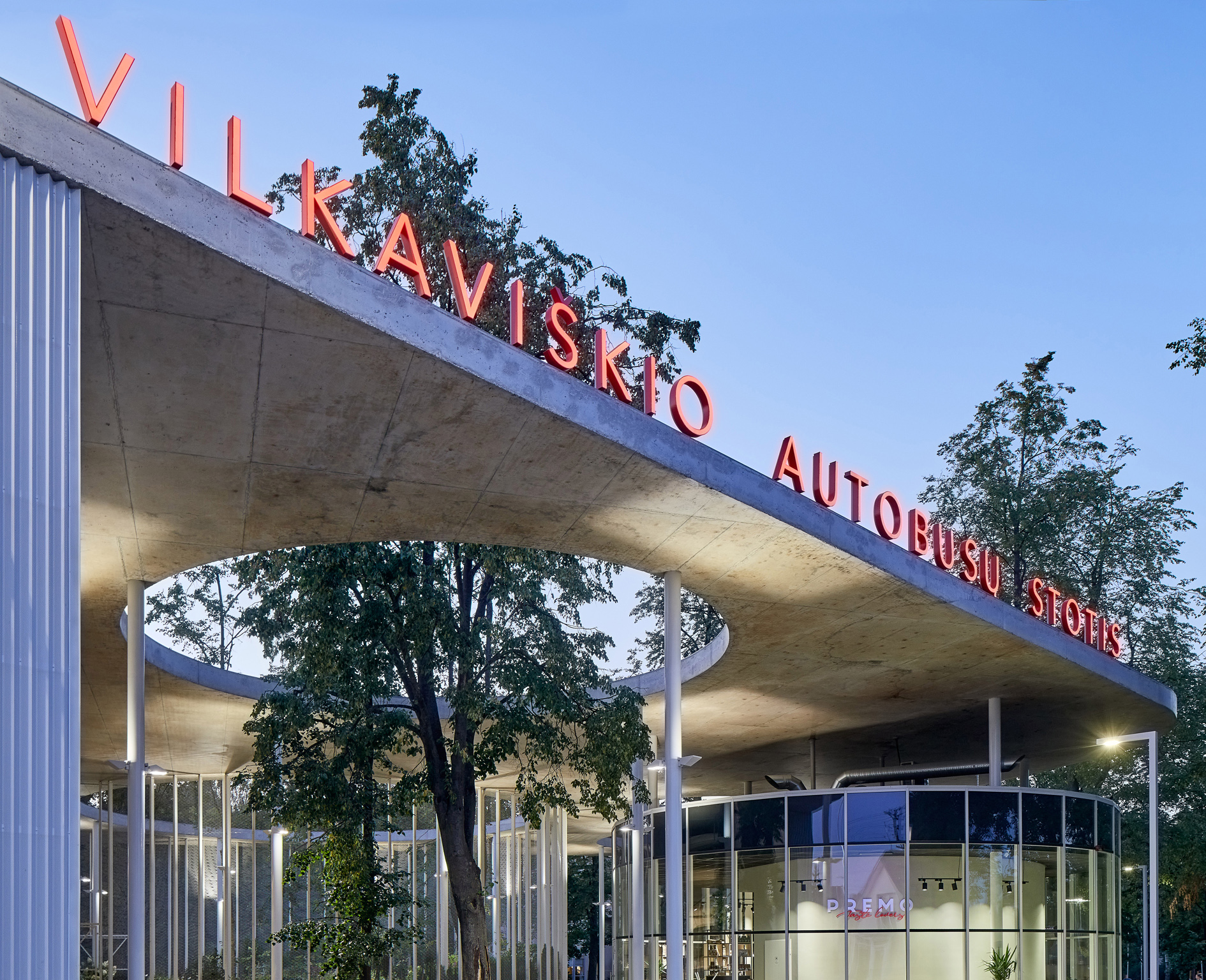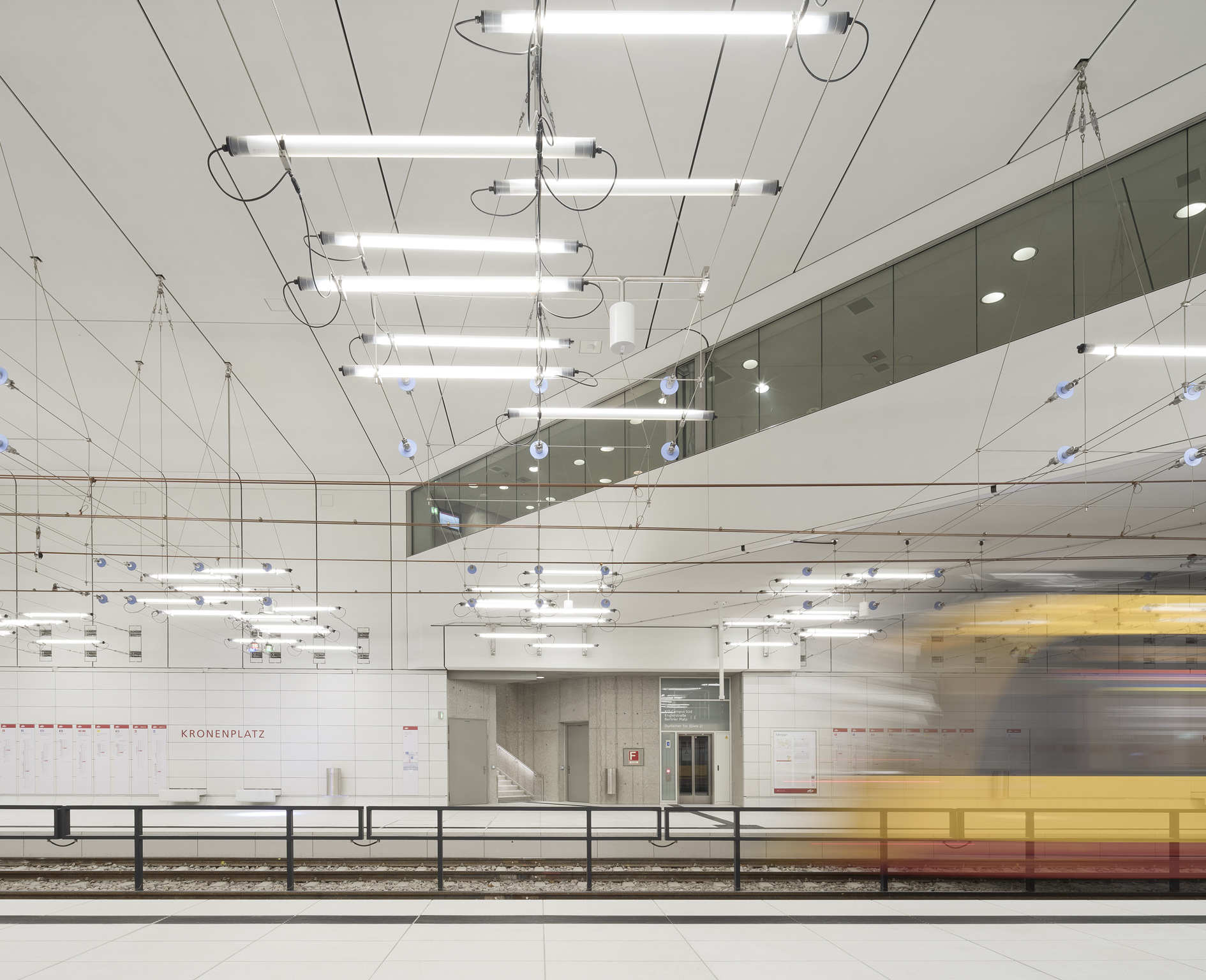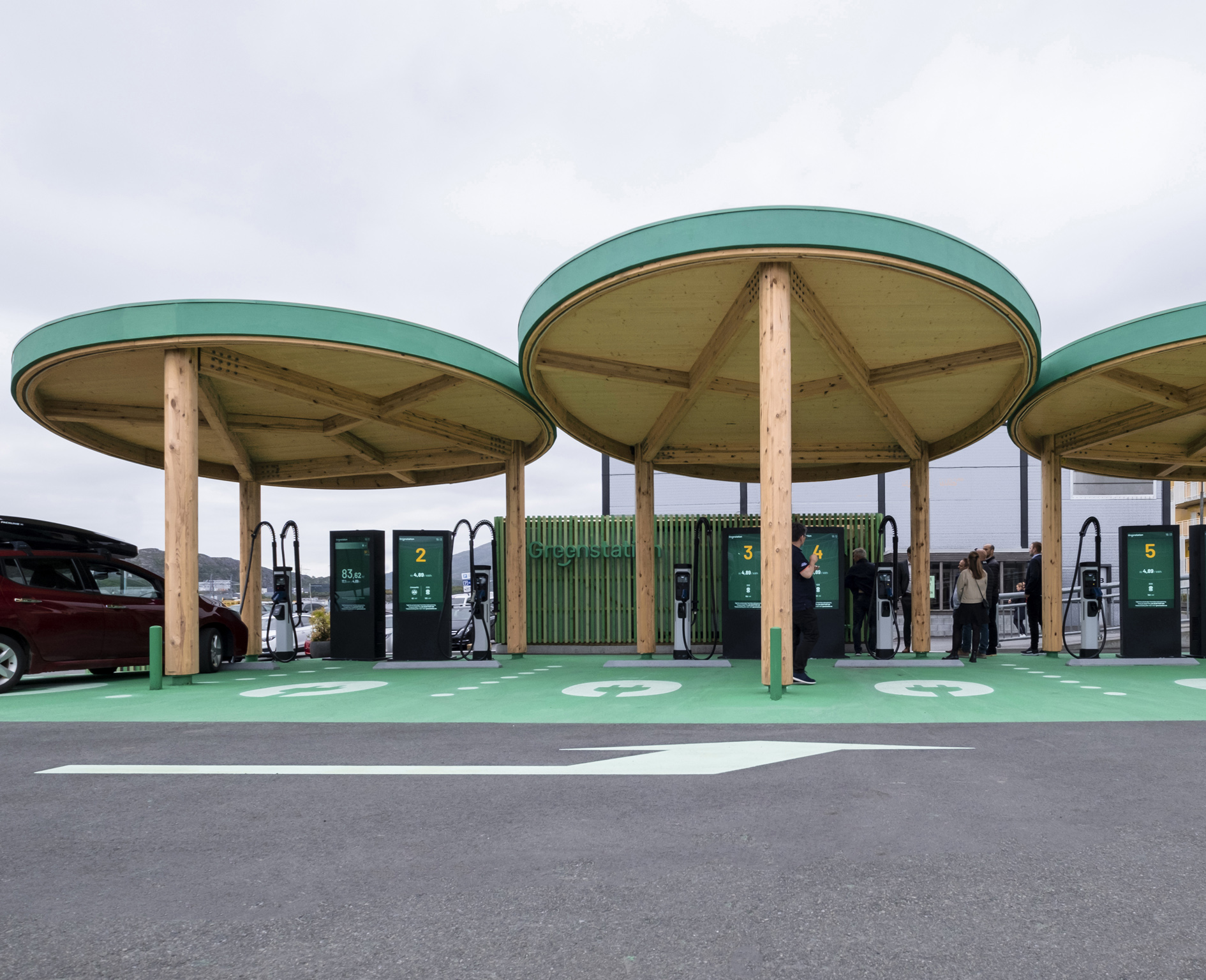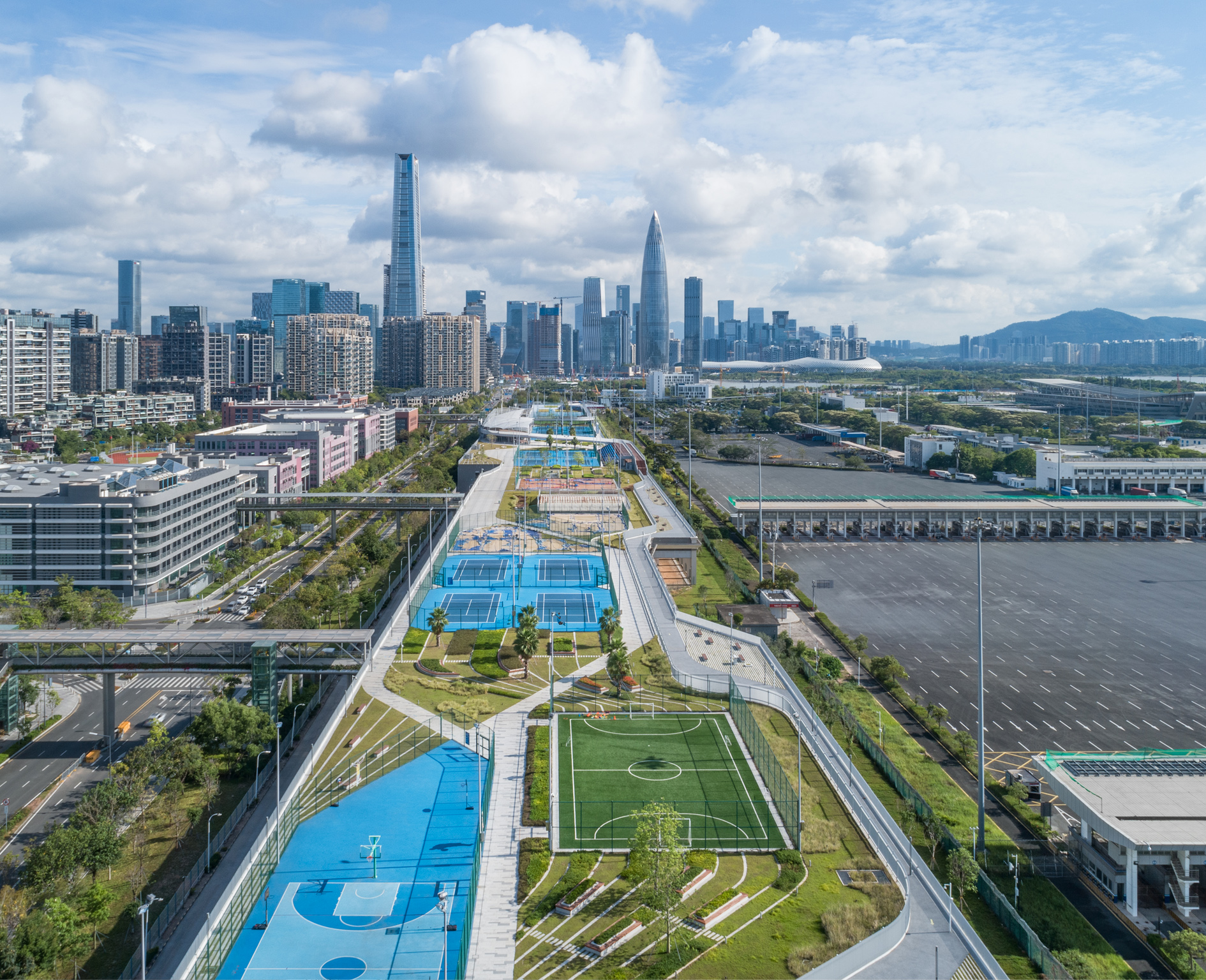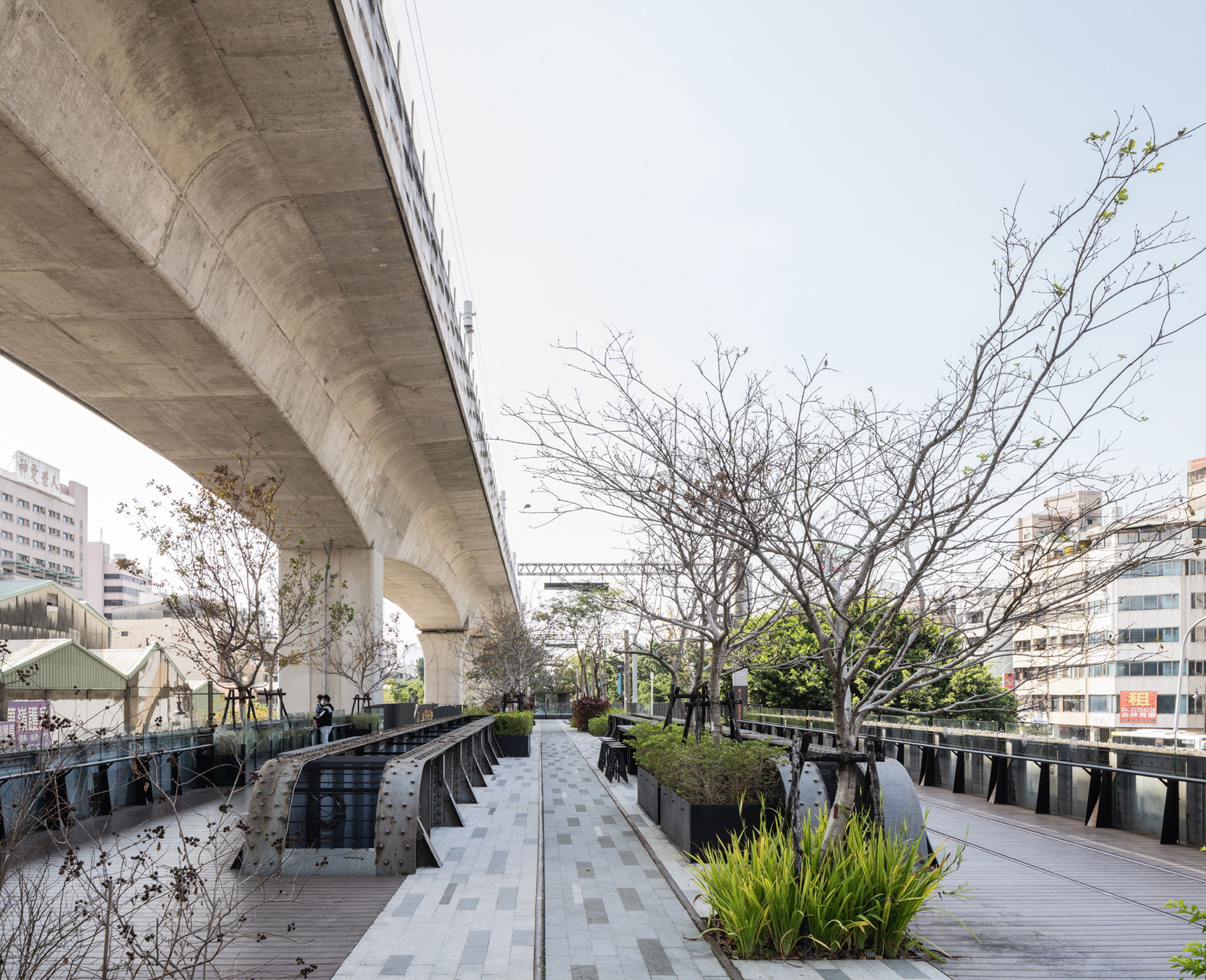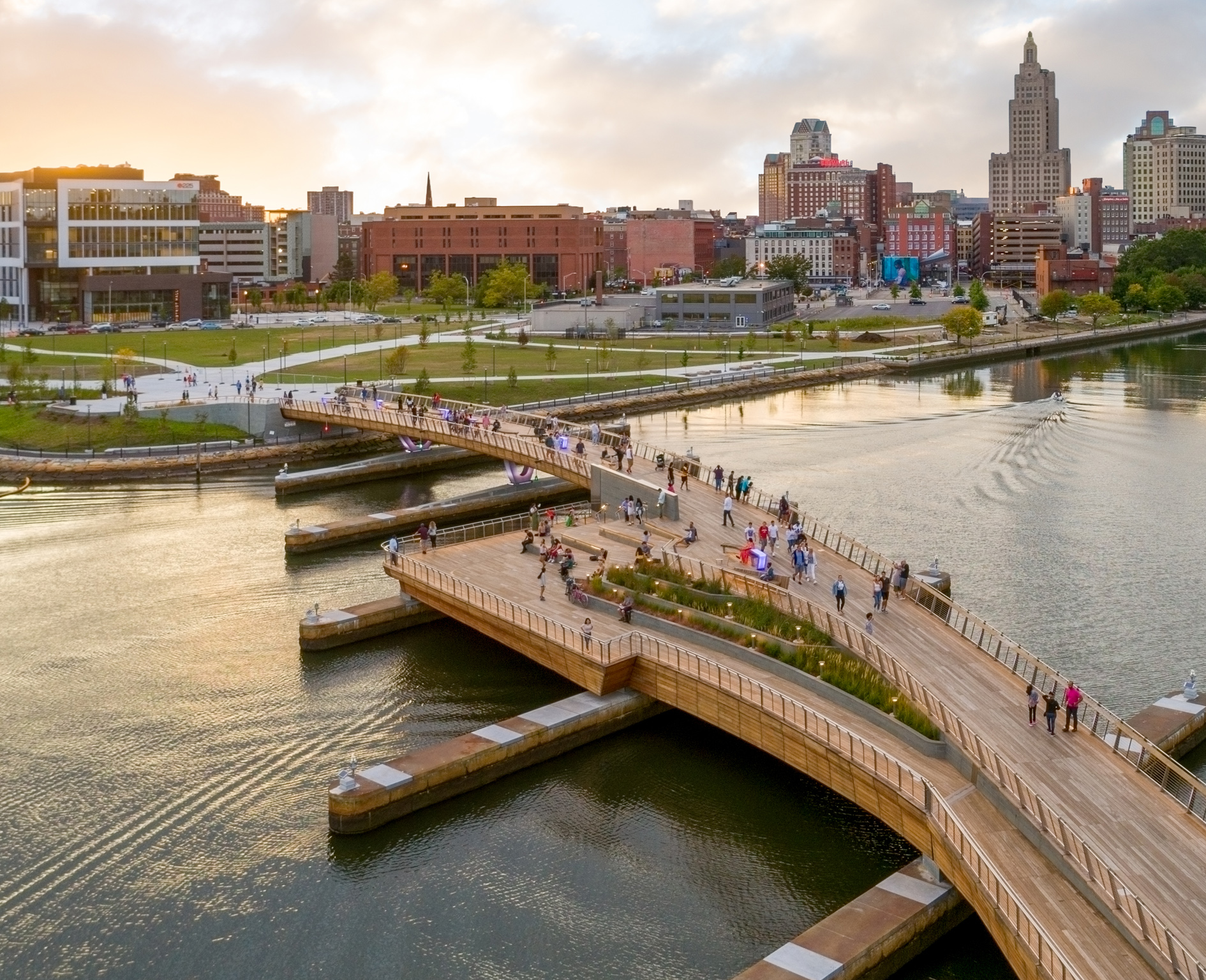MAG
GIU
2023
Mobility Infrastructures
New-generation infrastructure has a high potential in urban redevelopment to create new public space and make cities and territories more accessible and inclusive. For this reason, they are now at the center of contemporary design and have reconquered their dignity as architectural artifacts, expressing a synthesis of the three Vitruvian components: firmitas, utilitas, and venustas. In this process, infrastructures at all levels also reacquire an aesthetic value tied to quality and the type of context where they fit, as proven by the projects selected for this issue. Just think of the well-known stations of the metropolitan network of Naples, designed aiming at the regeneration of several places in the city, the integrated project for the seven new stops of the light subway in Karlsruhe, where architectural choices are integrated with the lighting engineering project, and the adaptation project of the central station of Amsterdam, to transform it into a multi-modal urban node between land and water. One more item consists of multi-use and multi-scale infrastructures, which can connect different urban contexts, such as the linear parks in Shenzhen or the bridge in Providence. Then, experimentations on road works are no less worth mentioning: this includes the Pope’s Bridge in Genoa, standing as an example of construction sustainability and improvement of accessibility between the city and the port, and the Gonnesa bridge, the first one in Europe with a mixed technology between concrete and glass fiber; finally, the recharge stations for electric cars in Norway, whose goal is to realize a network of meeting points to perform other functions and for social exchange.


